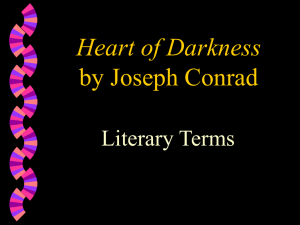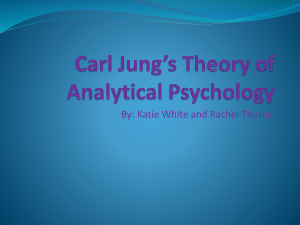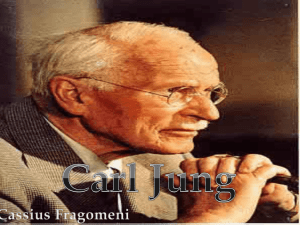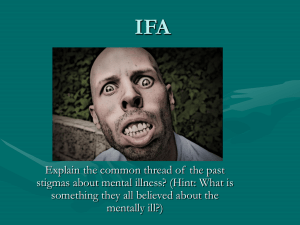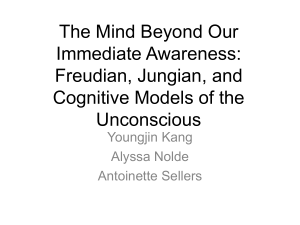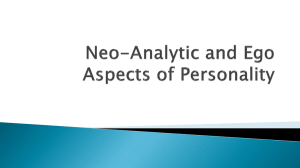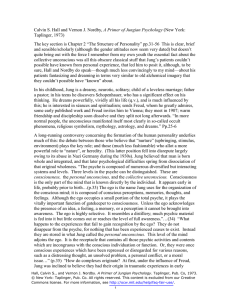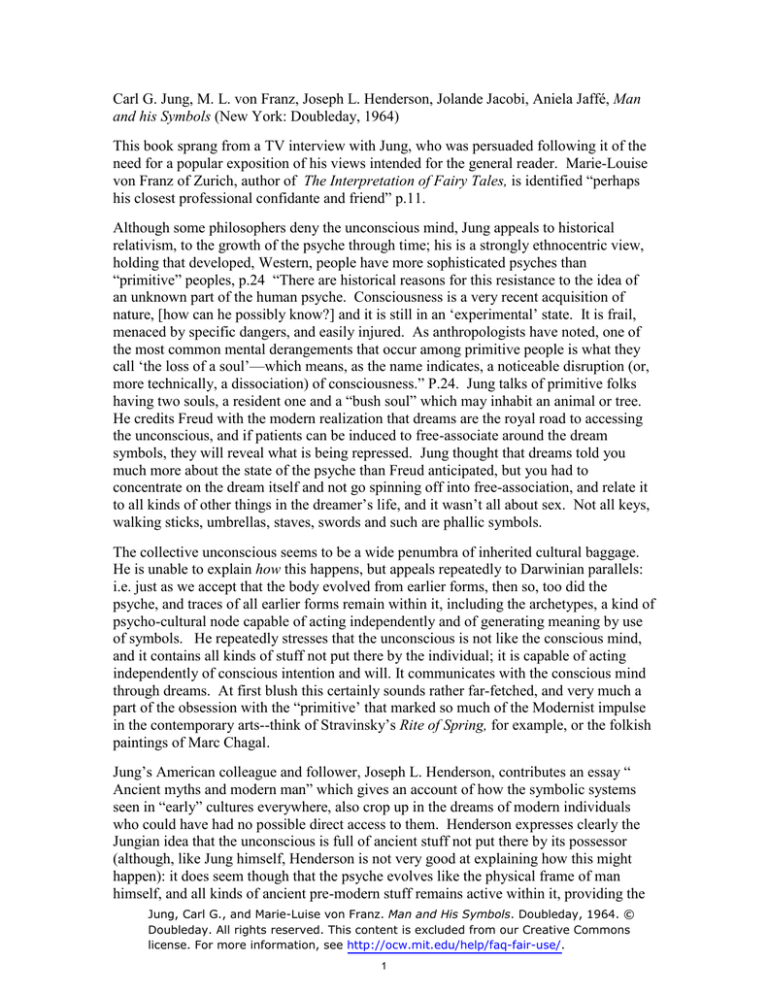
Carl G. Jung, M. L. von Franz, Joseph L. Henderson, Jolande Jacobi, Aniela Jaffé, Man
and his Symbols (New York: Doubleday, 1964)
This book sprang from a TV interview with Jung, who was persuaded following it of the
need for a popular exposition of his views intended for the general reader. Marie-Louise
von Franz of Zurich, author of The Interpretation of Fairy Tales, is identified “perhaps
his closest professional confidante and friend” p.11.
Although some philosophers deny the unconscious mind, Jung appeals to historical
relativism, to the growth of the psyche through time; his is a strongly ethnocentric view,
holding that developed, Western, people have more sophisticated psyches than
“primitive” peoples, p.24 “There are historical reasons for this resistance to the idea of
an unknown part of the human psyche. Consciousness is a very recent acquisition of
nature, [how can he possibly know?] and it is still in an ‘experimental’ state. It is frail,
menaced by specific dangers, and easily injured. As anthropologists have noted, one of
the most common mental derangements that occur among primitive people is what they
call ‘the loss of a soul’—which means, as the name indicates, a noticeable disruption (or,
more technically, a dissociation) of consciousness.” P.24. Jung talks of primitive folks
having two souls, a resident one and a “bush soul” which may inhabit an animal or tree.
He credits Freud with the modern realization that dreams are the royal road to accessing
the unconscious, and if patients can be induced to free-associate around the dream
symbols, they will reveal what is being repressed. Jung thought that dreams told you
much more about the state of the psyche than Freud anticipated, but you had to
concentrate on the dream itself and not go spinning off into free-association, and relate it
to all kinds of other things in the dreamer’s life, and it wasn’t all about sex. Not all keys,
walking sticks, umbrellas, staves, swords and such are phallic symbols.
The collective unconscious seems to be a wide penumbra of inherited cultural baggage.
He is unable to explain how this happens, but appeals repeatedly to Darwinian parallels:
i.e. just as we accept that the body evolved from earlier forms, then so, too did the
psyche, and traces of all earlier forms remain within it, including the archetypes, a kind of
psycho-cultural node capable of acting independently and of generating meaning by use
of symbols. He repeatedly stresses that the unconscious is not like the conscious mind,
and it contains all kinds of stuff not put there by the individual; it is capable of acting
independently of conscious intention and will. It communicates with the conscious mind
through dreams. At first blush this certainly sounds rather far-fetched, and very much a
part of the obsession with the “primitive’ that marked so much of the Modernist impulse
in the contemporary arts--think of Stravinsky’s Rite of Spring, for example, or the folkish
paintings of Marc Chagal.
Jung’s American colleague and follower, Joseph L. Henderson, contributes an essay “
Ancient myths and modern man” which gives an account of how the symbolic systems
seen in “early” cultures everywhere, also crop up in the dreams of modern individuals
who could have had no possible direct access to them. Henderson expresses clearly the
Jungian idea that the unconscious is full of ancient stuff not put there by its possessor
(although, like Jung himself, Henderson is not very good at explaining how this might
happen): it does seem though that the psyche evolves like the physical frame of man
himself, and all kinds of ancient pre-modern stuff remains active within it, providing the
Jung, Carl G., and Marie-Luise von Franz. Man and His Symbols. Doubleday, 1964. ©
Doubleday. All rights reserved. This content is excluded from our Creative Commons
license. For more information, see http://ocw.mit.edu/help/faq-fair-use/.
1
unconscious with its basic language for communicating with the conscious mind via
dreams. Henderson’s essay occupies pp.104-157, and concentrates on the symbol of the
hero, apparently similar across a wide range of disparate and non-communicating cultural
systems, the common features being prodigious early strength or prowess, like Hercules
or Davy Crockett (who killed him a bear when he was only three), rescuing damsels in
distress, hubris and eventual nemesis. According to Henderson, the occurrence of hero
figures in dream sequences has a personal bearing on the life of the dreamer, indicating
frequently an unconscious awareness that some vital life stage in the process of
maturation has been missed or inadequately passed/resolved. Monsters apparently
represent the devouring aspect of a mother-dependence never successfully outgrown, and
the maiden represents the dreamers own, hitherto insufficiently developed anima.
Henderson is rather old fashioned, even sexist in his (unexamined) view of the relative
roles of men (dominance, competition, power) and women (motherhood, nurture,
submission). The Jungians surveyed—very superficially—an extensive array of human
cultures covering vast tracts of time, but seemed quite unaware that the gender
characteristics they took as fundamental and unalterable, might be, in face, highly
context-related and contingent: “I saw an example of this in a young married woman
who did not yet have any children but who intended to have one or two eventually,
because it would be expected of her. Meanwhile her sexual response was unsatisfactory.
This worried her and her husband, though they were unable to offer any explanation for
it. She had graduated with honors from a good women’s college and enjoyed a life of
intellectual companionship with her husband and other men. Although this side of her
life went well enough much of the time, she had occasional outbursts of temper and
talked in an aggressive fashion that alienated men and gave her an intolerable feeling of
dissatisfaction with herself. // She had a dream at this time that seemed so important she
sought professional advice to understand it. She dreamed she was in a line of young
women like herself, and as she looked ahead to where they were going she saw that as
each came to the head of the line she was decapitated by a guillotine Without any fear
the dreamer remained in the line, presumably quite willing to submit to the same
treatment when her turn came. // I explained to her that this meant she was ready to give
up the habit of ‘living in her head’; she must learn to free her body to discover its natural
sexual response and the fulfillment of its biological role in motherhood. The dream
expressed this as the need to make a drastic change; she had to sacrifice the ‘masculine’
hero role. // As one might expect, this educated woman had no difficulty in accepting
this interpretation at an intellectual level, and she set about trying to change herself into a
more submissive kind of woman. She did then improve her love-life and became the
mother of two very satisfactory children. As she grew to know herself better, she began
to see that for man (on the masculine-trained mind in women) life is something that has
to be taken by storm, as an act of the heroic will; but for a woman to feel right about
herself, life is best realized by a process of awakening. [to inferiority, and gender
subordination?] p.137 Henderson goes on to tell how this psychic dilemma is illustrated
by the Fairy Tale of “Beauty and the Beast”; he recounts the tale then says “In this story,
if we unravel the symbolism, we are likely to see that Beauty is any young girl or woman
who has entered into an emotional bond with her father, no less binding because of its
spiritual nature. Her goodness is symbolized by her request for a white rose, but in a
significant twist of meaning her unconscious intention puts her father and then herself in
Jung, Carl G., and Marie-Luise von Franz. Man and His Symbols. Doubleday, 1964. ©
Doubleday. All rights reserved. This content is excluded from our Creative Commons
license. For more information, see http://ocw.mit.edu/help/faq-fair-use/.
2
the power of a principle that expresses not goodness alone, but cruelty and kindness
combined. It is as if she wished to be rescued from a love holding her to an exclusively
virtuous and unreal attitude. // By learning to love Beast she awakens to the power of
human love concealed in its animal (and therefore imperfect) but genuinely erotic form.
Presumably this represents an awakening of her true function of relatedness, enabling her
to accept the erotic component of her original wish, which had to be repressed because of
a fear of incest. To leave her father she had, as it were, to accept the incest-fear, to allow
herself to live in its presence in fantasy until she could get to know the animal man and
discover her own true response to it as a woman. // In this way she redeems herself and
her image of the masculine from the forces of repression, bringing to consciousness her
capacity to trust her love as something that combines spirit and nature in the best sense of
the words.” Pp.138-9
Then follows Marie-Louse von Franz’s essay, ‘The process of individuation’, occupying
pp.158-229 usual stuff about animas and animuses; usual rather arbitrary and strainedseeming readings, which we will consider in detail in her book.
Jung, Carl G., and Marie-Luise von Franz. Man and His Symbols. Doubleday, 1964. ©
Doubleday. All rights reserved. This content is excluded from our Creative Commons
license. For more information, see http://ocw.mit.edu/help/faq-fair-use/.
MIT OpenCourseWare
http://ocw.mit.edu
21L.430 / CMS.920 Popular Culture and Narrative: Use and Abuse of the Fairy Tale
Fall 2015
For information about citing these materials or our Terms of Use, visit: http://ocw.mit.edu/terms.

